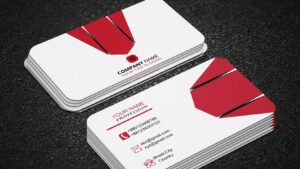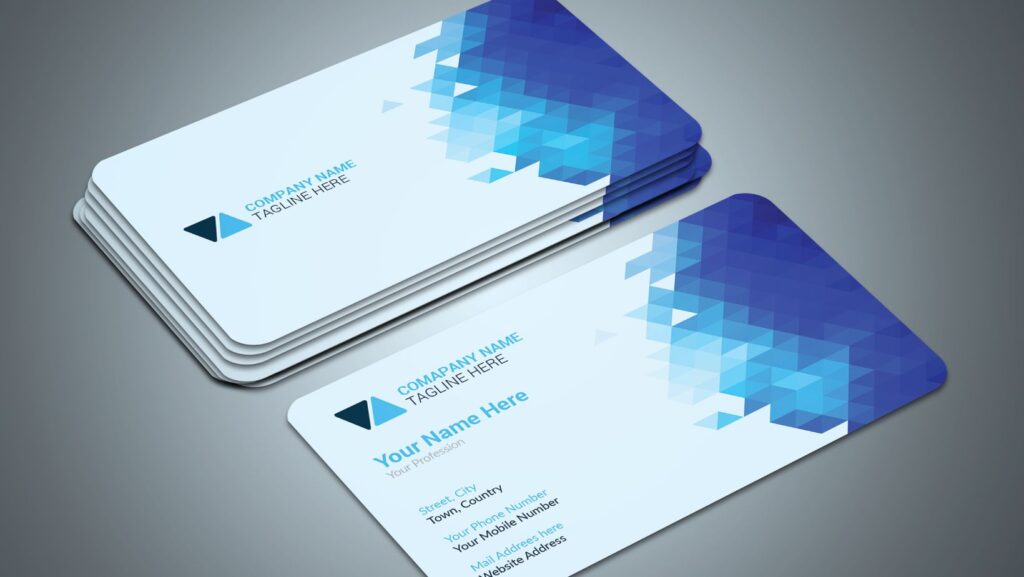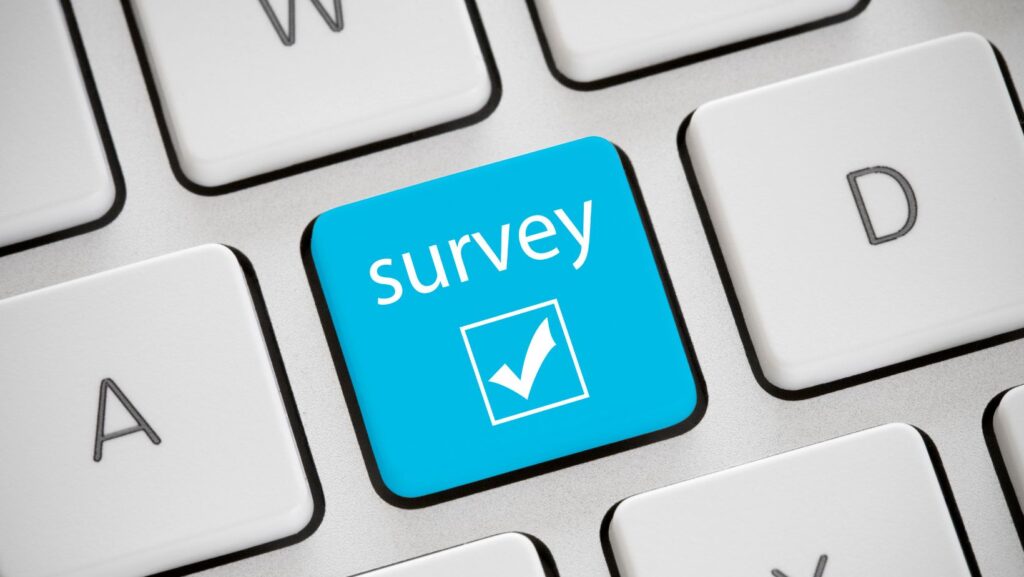In the ever-evolving world of business, making a lasting first impression is crucial. The humble business card, often the first tangible point of contact, has seen a revolution in design and style. Today’s cards are more than just contact information; they’re a reflection of personal branding and creativity.
In this dynamic landscape, it’s important to stay ahead of the curve. Let’s explore how the right business card can set you apart, and why it’s more relevant than ever in our digital age.
Business Card Trends
 A business card represents more than just contact information; it’s an identity embodiment and a tool for networking. Bearing a company’s logo, name, title, and contact details, it provides an immediate visual impression, being the first point of contact when meeting potential clients, customers or partners. Unlike digital forms, business cards offer a tangible, personal touch, fostering an authentic connection during interactions—a crucial element in developing lasting business relationships.
A business card represents more than just contact information; it’s an identity embodiment and a tool for networking. Bearing a company’s logo, name, title, and contact details, it provides an immediate visual impression, being the first point of contact when meeting potential clients, customers or partners. Unlike digital forms, business cards offer a tangible, personal touch, fostering an authentic connection during interactions—a crucial element in developing lasting business relationships.
In the ever-evolving context of communication, the importance of business cards isn’t diminished. Instead, they have adapted and thrived. Today’s versions encompass digital adaptions, like the inclusion of QR codes. These codes, when scanned, present more comprehensive information about a business or individual, proving how business cards integrate digital transformation trends. Their evolution reflects the dynamic intersection of classic business etiquette and technology’s ever-changing face, continuously revamping their necessity in the digital age.
The Role of Business Cards in Professional Networking
 Business cards maintain a crucial role in professional networking. Acting as tangible links, they bridge connections between professionals, cultivating relationships that thrive beyond initial introductions. A business card packs significant information into a small format. This includes, but isn’t limited to, names, titles, and contact information, with some even showcasing social media handles and QR codes. By holding such magnitude of personal and professional information, they amplify individual branding efforts, thereby positioning the bearer favorably amid competitors.
Business cards maintain a crucial role in professional networking. Acting as tangible links, they bridge connections between professionals, cultivating relationships that thrive beyond initial introductions. A business card packs significant information into a small format. This includes, but isn’t limited to, names, titles, and contact information, with some even showcasing social media handles and QR codes. By holding such magnitude of personal and professional information, they amplify individual branding efforts, thereby positioning the bearer favorably amid competitors.
Business cards also serve as conversation starters, exuding unique features that sparks dialogue, bolstering interpersonal links. For instance, creatively designed cards pique interest, leading to conversations around design aesthetics, suggesting the cardholder’s innovative approach. Similarly, cards with QR codes induce digital interaction – scanning the code can lead to a portfolio, introducing a fuller narrative of the professional. Therefore, business cards persist as active networking tools, combining personal touch with information density to forge, nurture, and enhance professional relationships.
How Business Cards Contribute to Brand Identity
 Business cards function as tangible extensions of a professional’s identity. They speak volumes about a brand’s persona. Enhance perceptibility, for instance, by bearing a design reflective of a brand’s color scheme, logo, and typography. Offer immediacy, translating essential information – such as contact info and social media handles – concisely in a physical form. The unique design features, including creativity, paper quality, and finishes (like embossing and foil stamping), distinguish brands from competitors. Adopt innovative trends, lending a fresh dimension to professional identities, such as digital business cards facilitating multimedia content interaction. Strategically placed QR codes lead users to targeted digital profiles, demonstrating a blend of traditional values with modern technology. Thus, business cards encapsulate a brand’s spirit, thereby effectively consolidating their identity in the professional realm. They influence brand perception by communicating key attributes, bridging the gap between a brand’s identity and its recognition.
Business cards function as tangible extensions of a professional’s identity. They speak volumes about a brand’s persona. Enhance perceptibility, for instance, by bearing a design reflective of a brand’s color scheme, logo, and typography. Offer immediacy, translating essential information – such as contact info and social media handles – concisely in a physical form. The unique design features, including creativity, paper quality, and finishes (like embossing and foil stamping), distinguish brands from competitors. Adopt innovative trends, lending a fresh dimension to professional identities, such as digital business cards facilitating multimedia content interaction. Strategically placed QR codes lead users to targeted digital profiles, demonstrating a blend of traditional values with modern technology. Thus, business cards encapsulate a brand’s spirit, thereby effectively consolidating their identity in the professional realm. They influence brand perception by communicating key attributes, bridging the gap between a brand’s identity and its recognition.
How to Incorporate these Trends into Your Own Business Cards
The evolution of business cards is a testament to their enduring relevance in today’s professional landscape. They’ve become more than just a way to share contact details. With the surge of digital trends and innovative designs, business cards now serve as a unique representation of a brand’s identity.
Remember, it’s not just about following trends – it’s about finding what resonates with your brand and your audience. So don’t be afraid to get creative and make your business cards a tangible extension of your professional persona. After all, they’re more than just cards – they’re your brand’s first impression.



